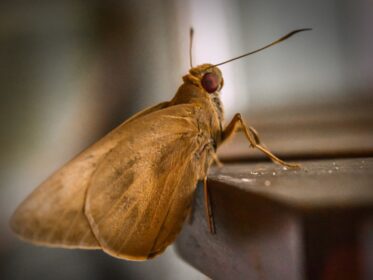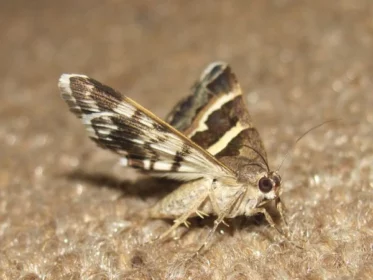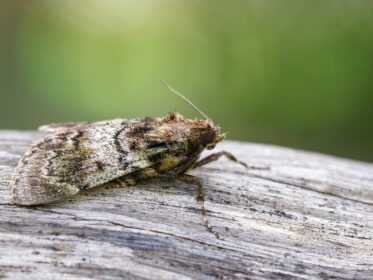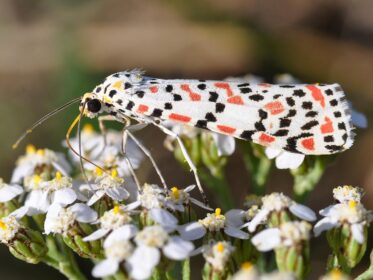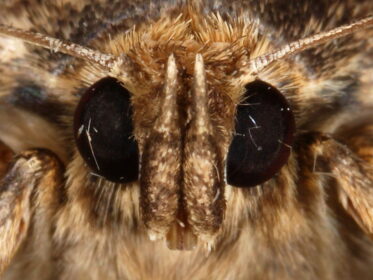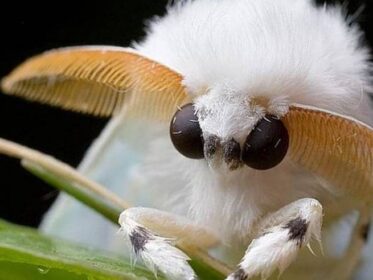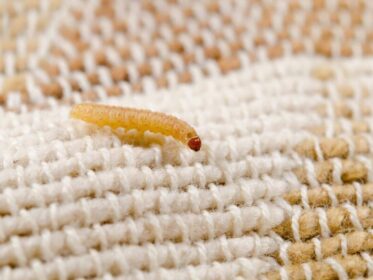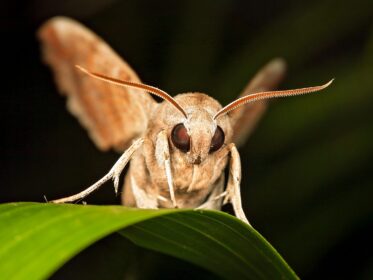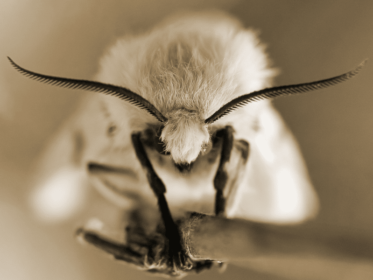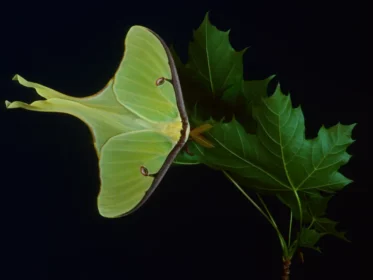
How to Tell If a Luna Moth Is Dying? Signs and Solutions for Moth Health
Determining if a Luna Moth is dying can be challenging, as they are typically elusive and nocturnal creatures. However, there are several signs that may indicate a Luna Moth is in poor health or nearing the end of its life cycle: How to identify physical signs of a dying Luna Moth? Luna Moths are known…
Continue reading How to Tell If a Luna Moth Is Dying? Signs and Solutions for Moth Health

